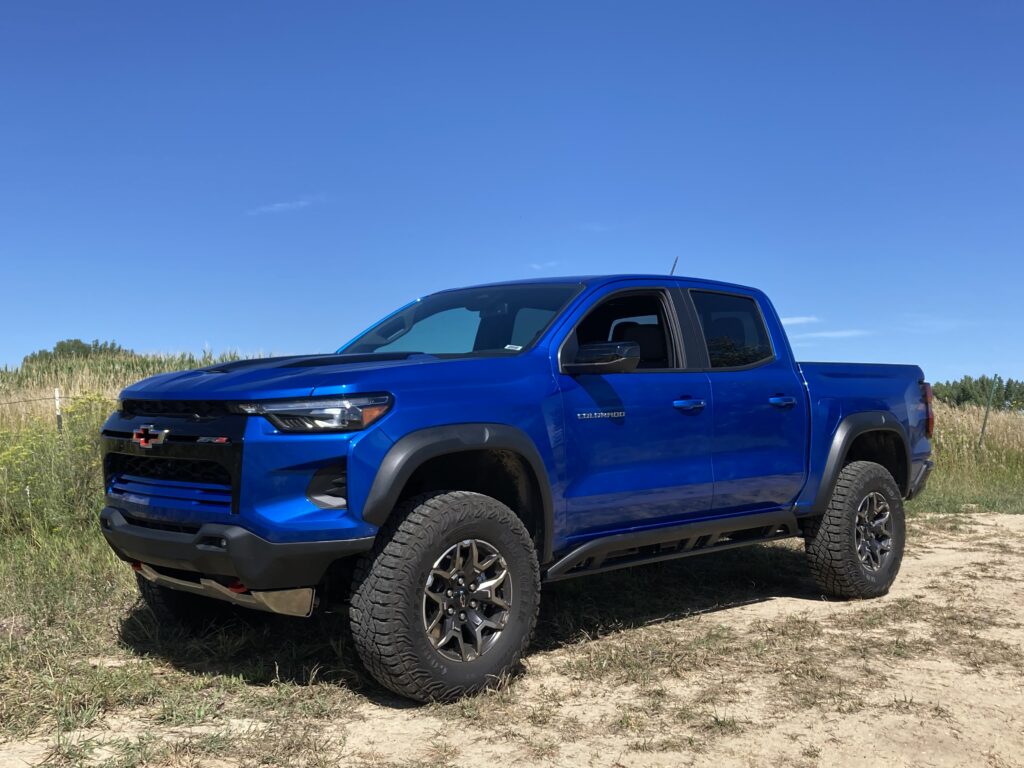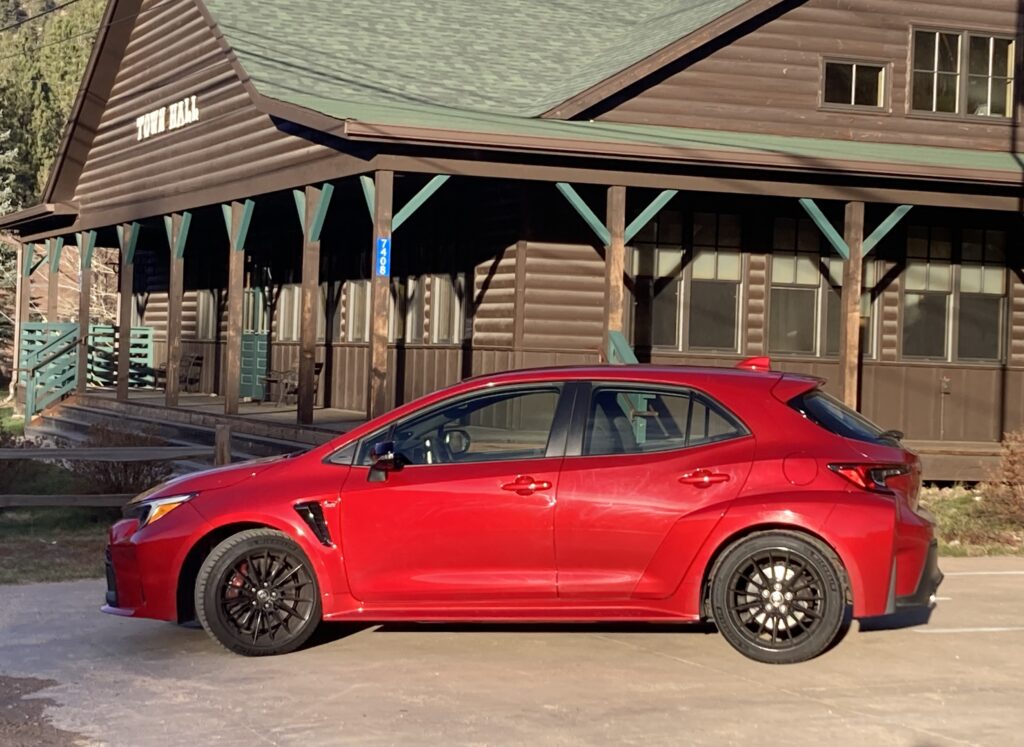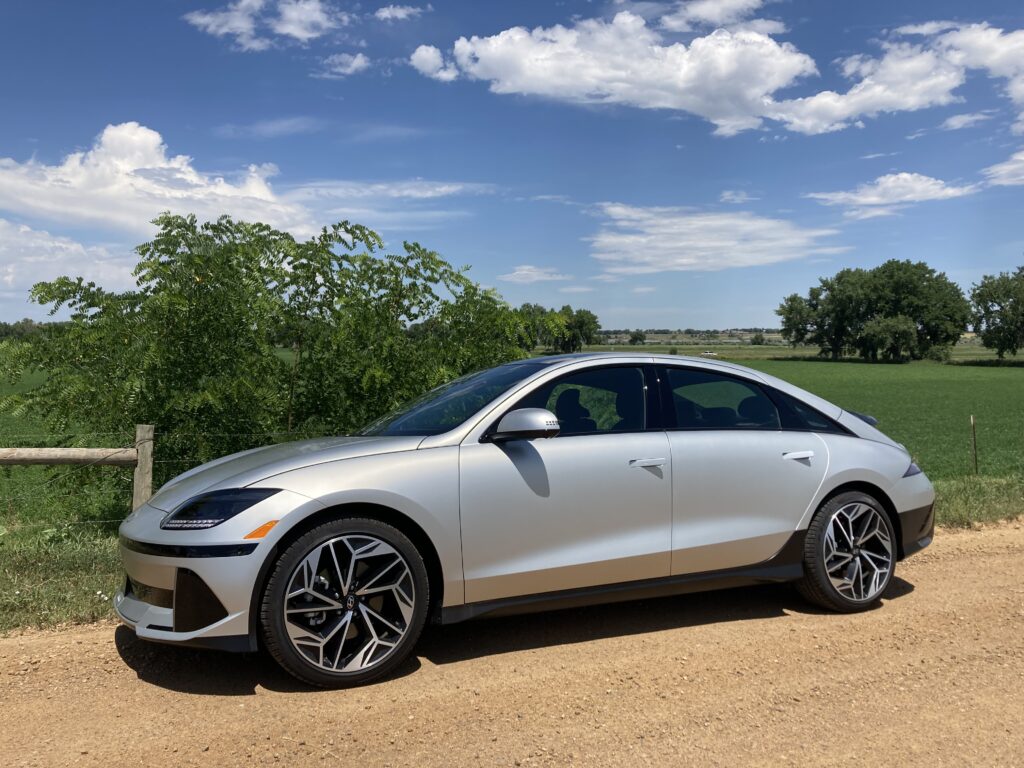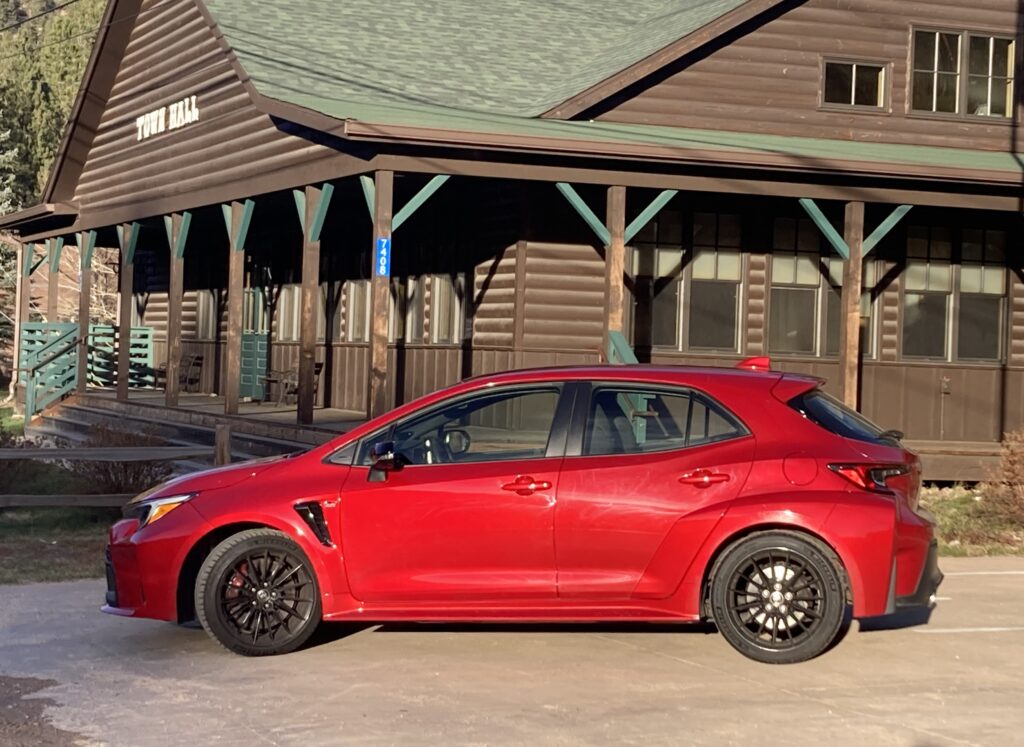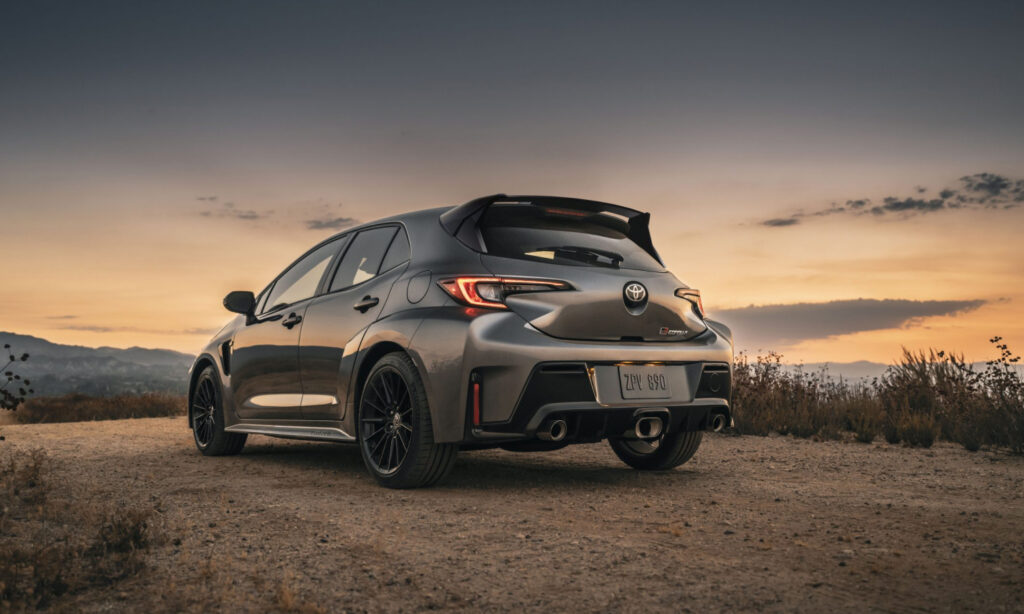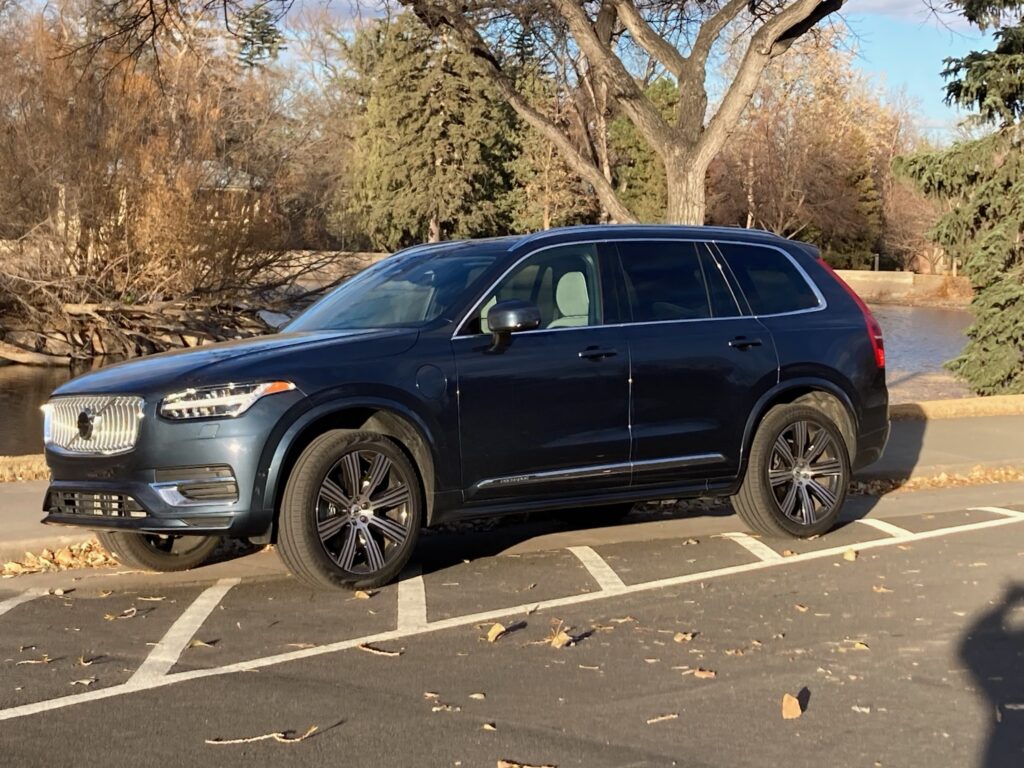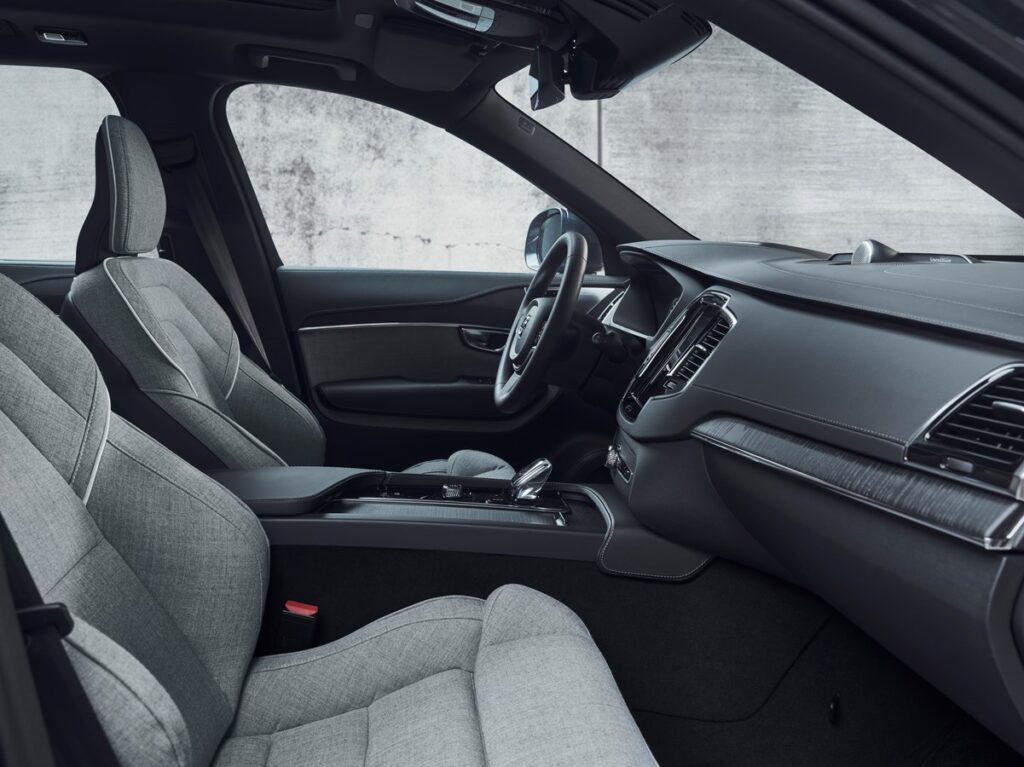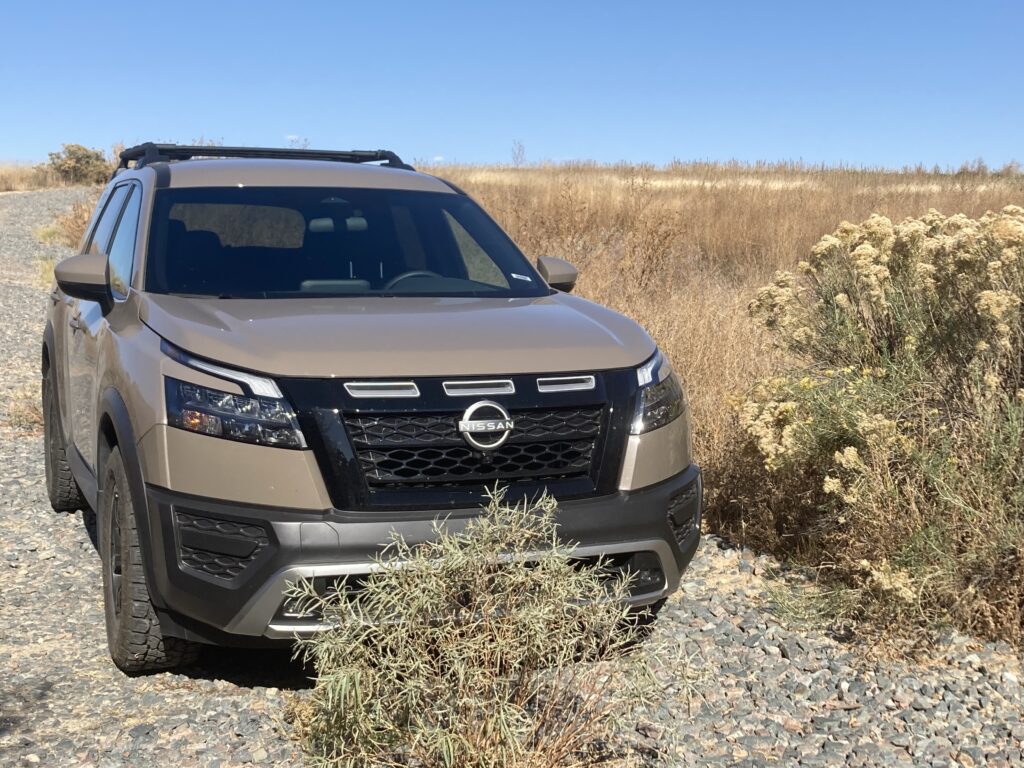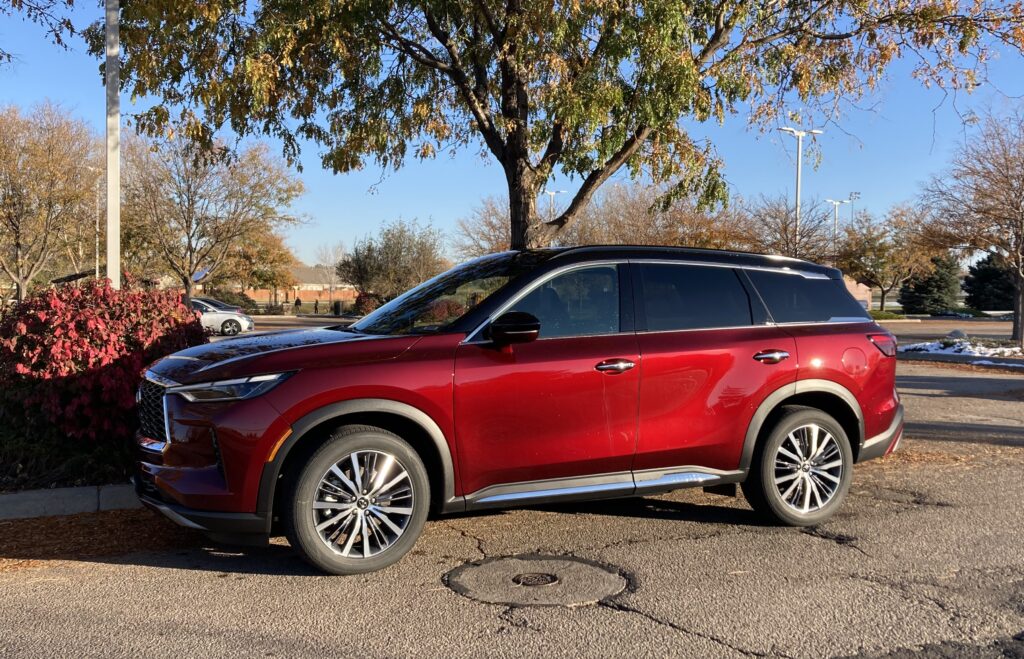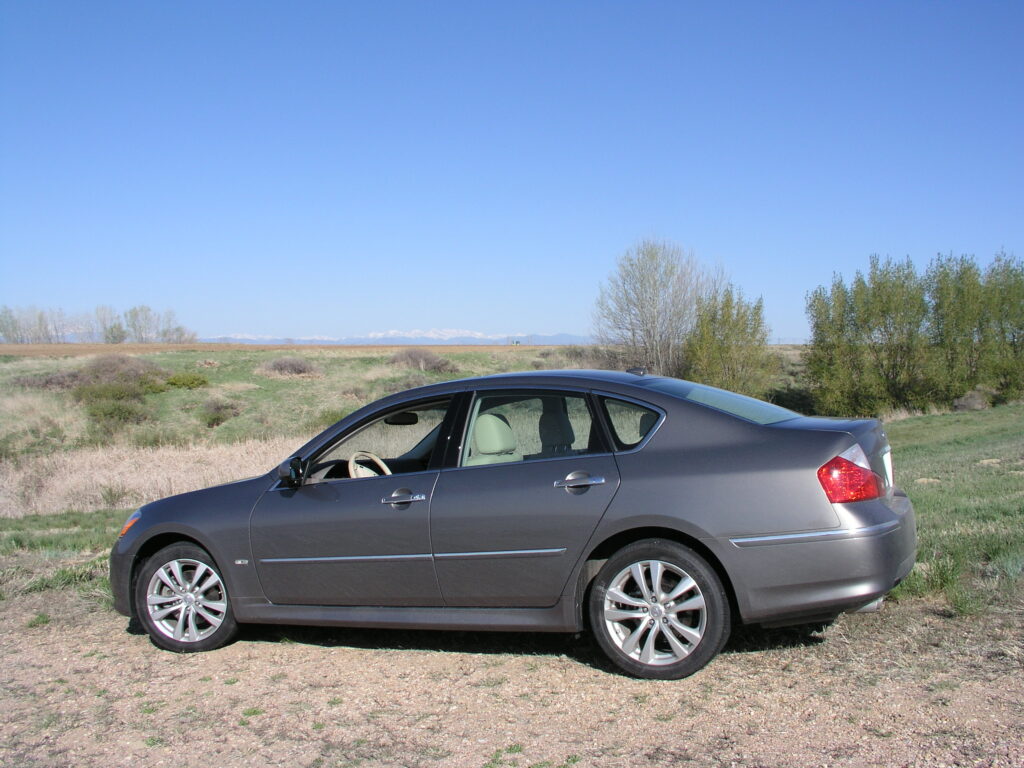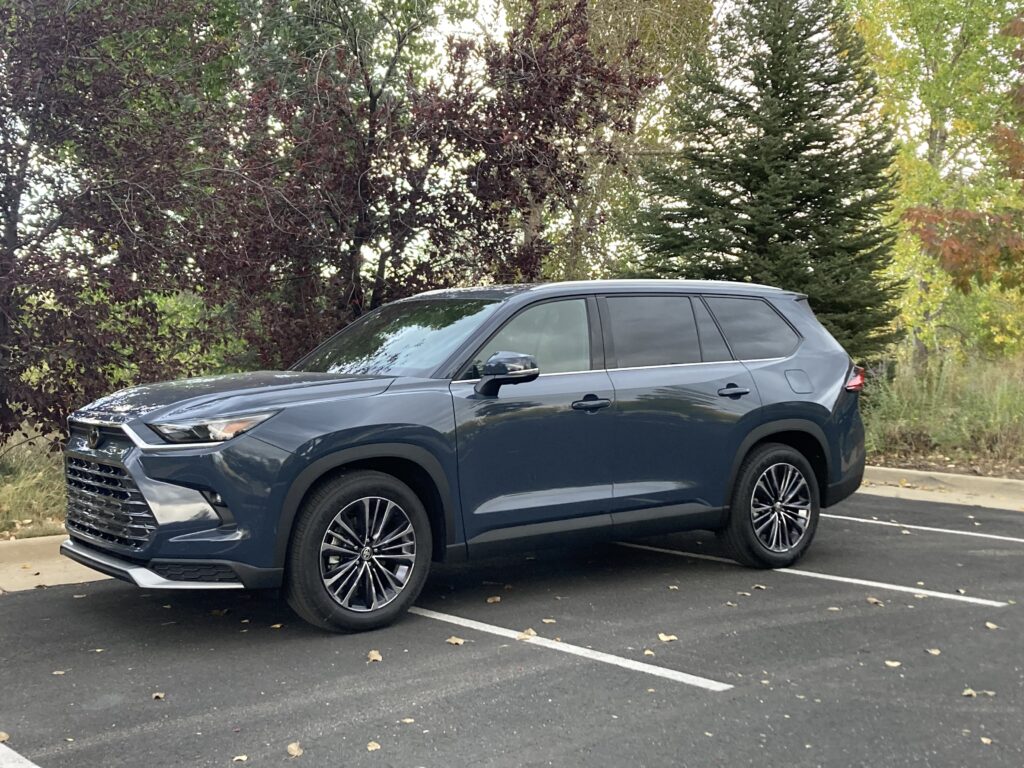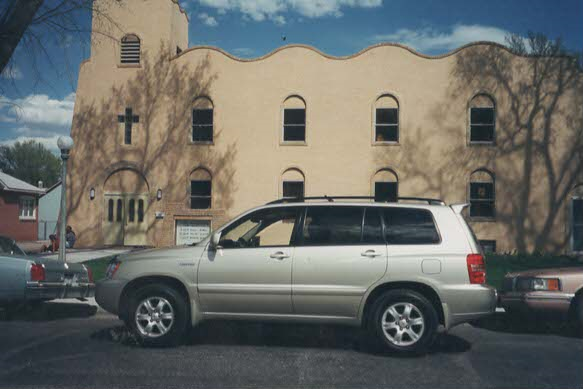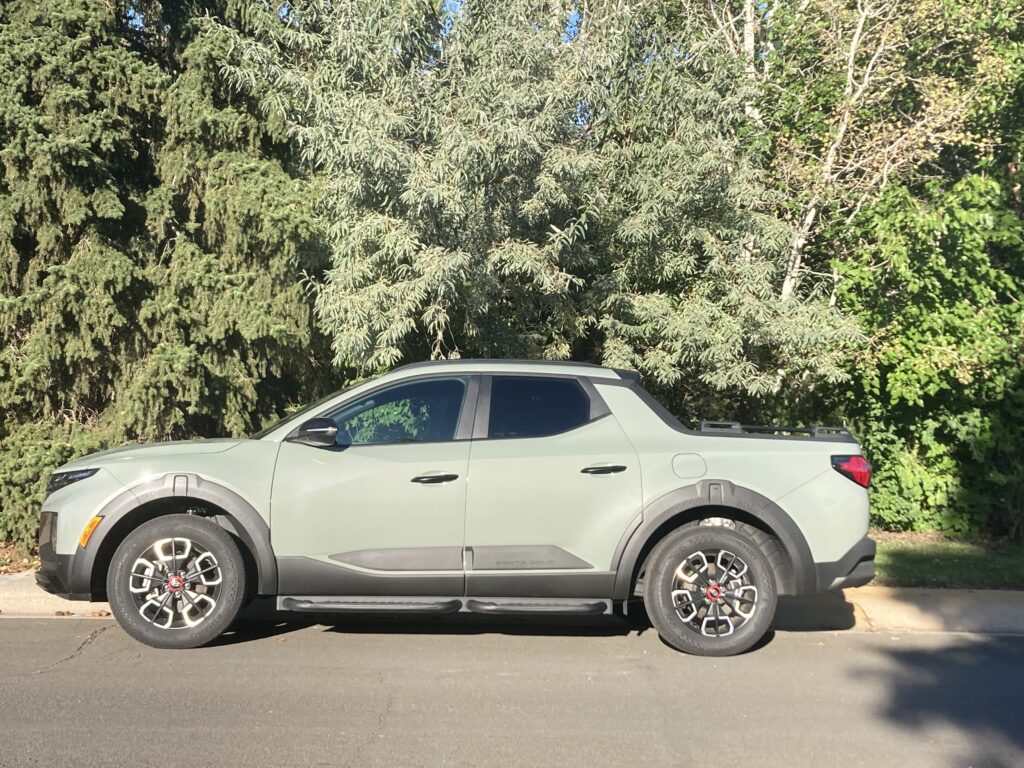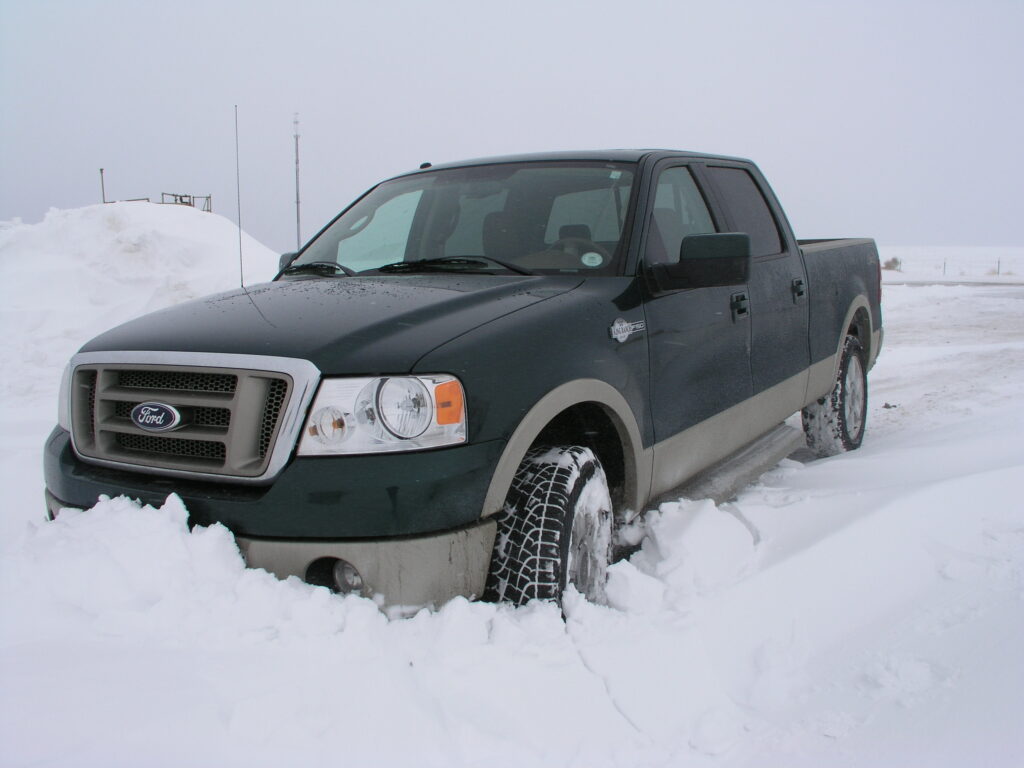
What better place than the King Ranch during a big snowstorm.
That’s where I was on a Sunday (in 2007) during the near-blizzard, in the driver’s seat of the 2007 Ford F-150 King Ranch Super Crew 4-by-4 pickup.
That big four-door truck, named for the historic 825,000-acre Texas ranch, handled the ridges of ice left from previous storms and the 6 inches of new snow with barely a slip.
It also offers an extra twist under the hood – its 5.4-liter V-8 engine, mated to a 4-speed automatic transmission, will burn ethanol, in addition to gasoline.
My tests, first with gasoline, then with 85 percent ethanol, produced results for the Ford very nearly the same as earlier comparisons with E85-capable Chevrolet pickups and SUVs.
With gasoline in the tank, cold-morning starts and about 30 percent of the driving on snowy and icy city streets, the Ford averaged 15.2 miles per gallon of fuel. With ethanol, the same ratio of city/highway driving resulted in an average of 12.3 mpg. I experienced the same 3-miles-per-gallon drop with ethanol in tests of Chevrolets. Price for the ethanol was $1.99 per gallon; gas was around $2.05.
Ford Motor Co. is the world’s leading truck builder, and the King Ranch edition should please the more discriminate driver. Its Castano leather seats, of noticeably higher grade than those in a Lincoln Town Car, are a trademarked product from the King Ranch and its leather shop.
The saddle-work-type leather, logos and stitching are a highlight of the interior, which also includes leather console with floor shifter, navigation system with Sirius Satellite Radio, automatic temperature control, power adjustable pedals and power moonroof.
The truck is also equipped with running boards, power-fold heated side mirrors, 20-inch aluminum wheels, skid plates, trailer-tow package, reverse-sensing system and a locking removable tailgate. The truck’s bed is deep, so much so that it is near-impossible to reach over the side to the floor.
Sticker price is $45,340.
The Specs (2007 Ford F-150 King Ranch Super Crew) –
- Vehicle type,
- 4wd four-door pickup;
- Price, $38,665 base, $45,340 as tested;
- Wheelbase, 150 inches;
- Length/Width/Height, 244/79/77 inches;
- Weight, 5,777 pounds;
- Engine, 5.4-liter V-8;
- Transmission, 4-speed automatic;
- Fuel mileage, 15.2 mpg (EPA 14-18);
- Warranty, 3 years/36,000 miles basic, 5/60,000 powertrain;
- Competitors, GMC Sierra, Chevrolet Silverado, Dodge Ram;
- Built at Kansas City, Mo.
